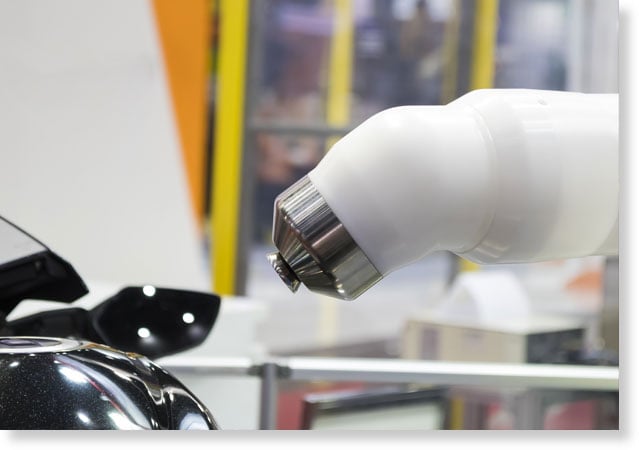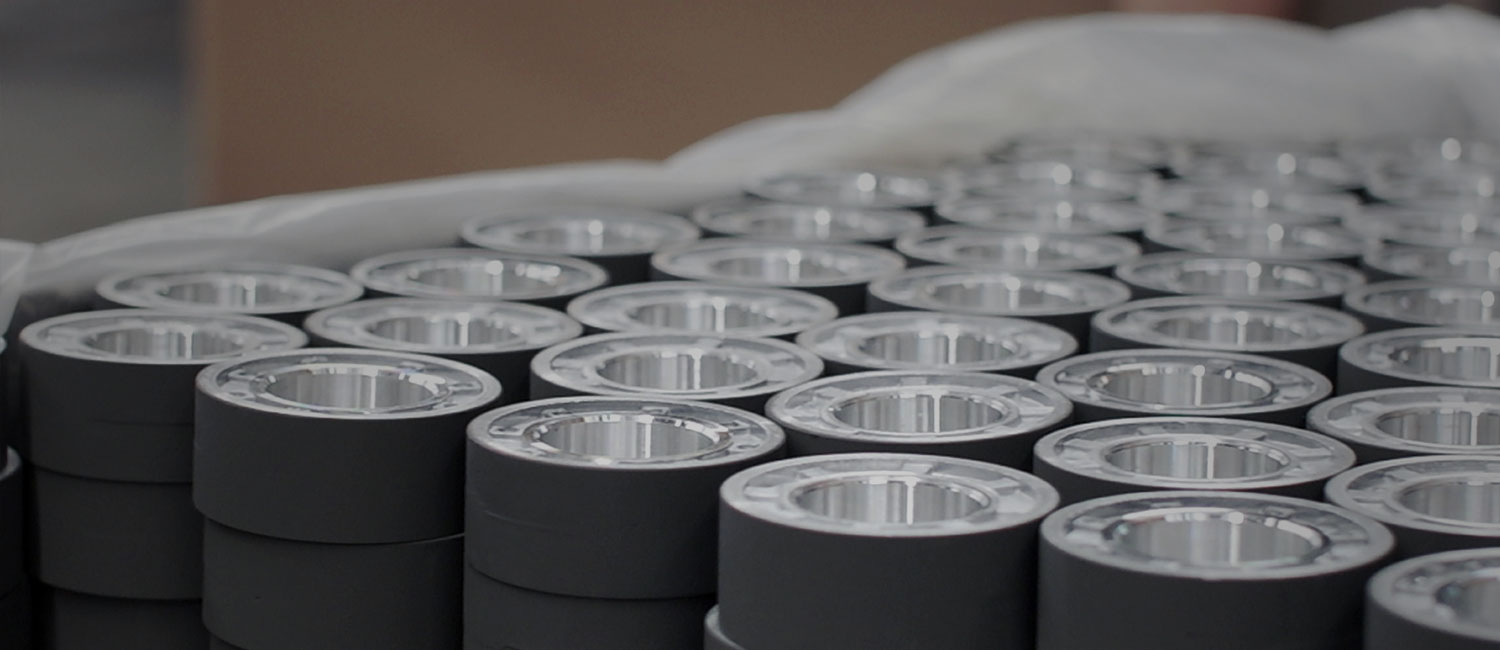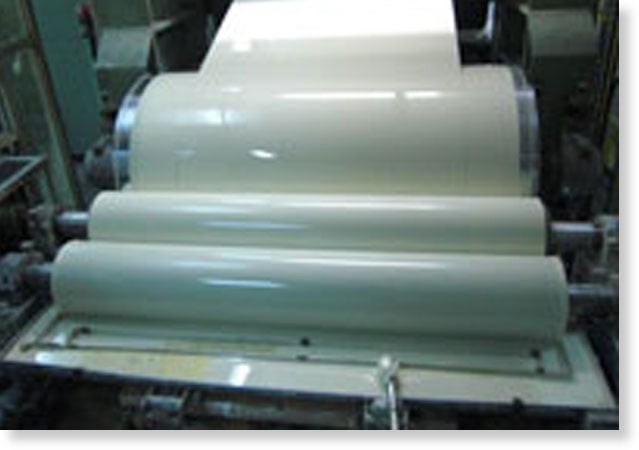There could be a variety of reasons but consider the possibility that you may be leaving one very important variable uncontrolled.

Process heat, high shear devices and fluctuations in plant temperature affect your coating viscosity.
Does it matter?
Learn More“Normal” temperature fluctuations significantly impact viscosity, which can lead to massive cost overrruns - and you’d never know it. Learn how to fix quality problems while cutting costs.
Learn More

Your coating changes viscosity from the source to the point of dispense.
Does it really matter that much?
Learn MoreWe reported increased stability in striation patterns when applying PVC to aluminum to create a woodgrain finish. We reported significant reductions in color match issues as a result of consistent film build
- Alsco
Steelscape reported reduced “ropiness” when applying Polyester to steel resulting in a finish that “looks sprayed rather than rolled, Steelscape reported 75% reduction in solvent pop due to reduced solvent addition. Steelscape reported 100% reduction in solvents added to primers and backers and 60% reduction in solvents added to finish coats. This was the easiest capital project implementations that we’ve ever done!
- Ron Hurst
- Steelscape
Our system provided the biggest bang for the buck of any capital project so far!
- Jay Michae
- Ternium
Reported solvent reductions between 80% - 100%
- Ternium Shreveport
As part of our ongoing continuous improvement plan at Roush, we decided to take a more aggressive approach to our temperature control in the paint shop. The resulting quality improvement was immediately noted and helped drive our FTC (First Time Capability) up and sustain it where we needed it to be.
- Patrick Henterly
Roush Manufacturing
At Valspar, we formulate our paints to run under a variety of different conditions and process variables. One of the primary variables is the paint temperature, which can vary from 40°F to 100°F based on the conditions at the coil coating facility. This wide swing in temperature can play havoc with both paint viscosity and application setup. Having consistent and targeted paint temperature removes this process variable and its effects from the equation. Additionally, having consistent paint temperature ensures optimal (minimal) usage of expensive reducing solvents to attain the desired viscosity and applied paint film thickness.
- Kent Hatch
Valspar Corporation
“Being able to control the temperature within a narrow range as paint is being used can be very beneficial. The most obvious benefit is a reduced amount of solvent usage. This is not only more economical for the coater but also reduces the environmental impact and health risks to their employees. Reducing the amount of solvent added [provides] additional benefit to the performance of the paint being used. The two major benefits are: Reduced possibility of having solvent popping or blistering problems. The addition of too much solvent to certain paints or certain colors of paints may cause color shifts or gloss changes and by reducing the amount that needs to be added this can be avoided.”
- Herald Cales
Akzo-Nobel